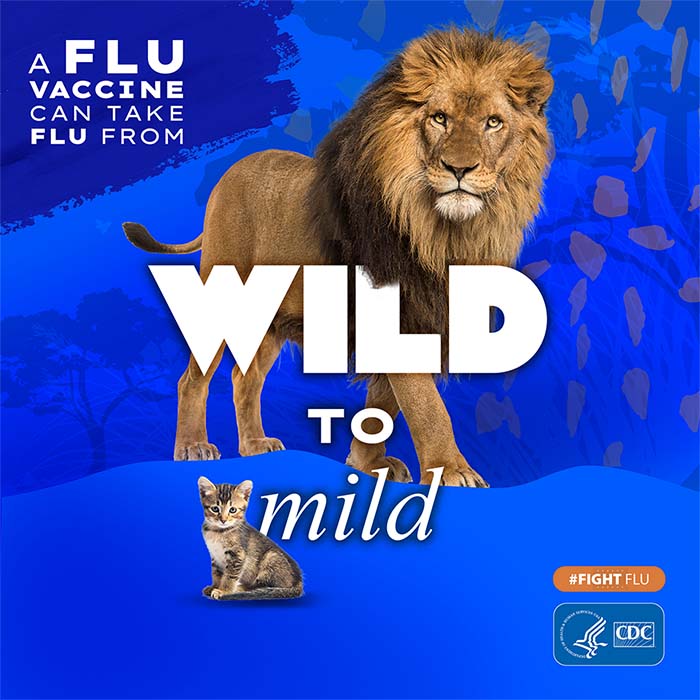More Americans Got Seasonal Flu Vaccination in 2009-10 than in Previous Years
CDC Report Shows Increase in Seasonal Flu Vaccinations, Greatest Increase among Children
April 29, 2010 — More Americans were vaccinated against seasonal flu during the 2009-10 season (40 percent of eligible population) than during the previous flu season (33 percent of eligible population), according to a report by the Centers for Disease Control and Prevention. The greatest gain in vaccination rates was in children 6 months to 17 years. About 40 percent of children were vaccinated for seasonal flu last season, representing a 16 percentage point jump from the 2008-09 season.
There also was an increase in the percentage of healthy adults (people without a chronic health condition such as asthma or diabetes), aged 18–49 years old who were vaccinated against seasonal flu. Coverage in this group increased from approximately 22 percent in 2008-09 to approximately 28 percent for the 2009-10 season. Coverage remained stable among adults 18-49 years of age with chronic health conditions, all adults 50-64 years, and those 65 years and older.
“These results are encouraging,” said Dr. Anne Schuchat, director of CDC’s National Center for Immunization and Respiratory Diseases. “It’s now important that we build on this success next fall and winter. We want people, especially parents, to make getting a flu vaccination each year a regular habit”
The report, “Interim Results: State-Specific Seasonal Influenza Vaccination Coverage —United States, August 2009–January 2010,” also highlights state-level seasonal vaccine coverage estimates. Hawaii had the highest percentage of people vaccinated against seasonal flu with nearly 55 percent of people being vaccinated.
“We are identifying the successful programs and lessons learned from the 2009-10 season and the H1N1 pandemic response, and working with states to increase vaccination coverage next season,” said Dr. Schuchat.
“This report shows real success in vaccinating school-aged children, and it underscores additional opportunities to expand the use of school-located clinics in the 2010-11 season,” Dr. Schuchat added. “There are also opportunities to vaccinate more adults at higher risk for influenza, such as pregnant women and persons with chronic medical conditions.”
For the upcoming 2010-11 season, the annual flu vaccine will also protect against 2009 H1N1 influenza.
CDC used data collected during October 2009–February 2010 from two separate surveys: Behavior Risk Factor Surveillance System (BRFSS) and National 2009 H1N1 Flu Survey (NHFS). BRFSS respondents in 50 states, the District of Columbia, and two territories were asked if they (or, in 43 states, their children) had been vaccinated against seasonal flu in the past 12 months, and if so, during which month. NHFS respondents aged 18 and older were asked whether they (or their children) had received seasonal flu vaccination since August, and if so, during which month.
CDC then combined the estimates from BRFSS and NHFS for “Interim Results: State-Specific Seasonal Influenza Vaccination Coverage —United States, August 2009–January 2010.” The 2009-10 BRFSS survey included 18,368 children and 152,128 adults; the NHFS included 60,786 children and 31,135 adults.
More information about influenza and influenza vaccine is available. For a complete MMWR report, visit the MMWR website.
